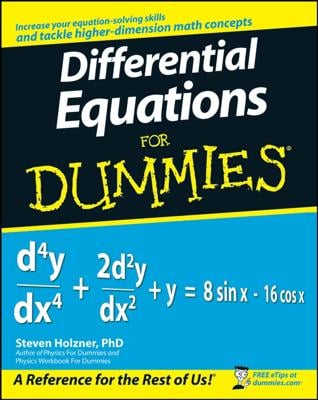Scientific notation is a system for writing very large and very small numbers that makes them easier to work with. Every number can be written in scientific notation as the product of two numbers:
- A decimal greater than or equal to 1 and less than 10
- A power of 10 written as an exponent
Here's how to write any number in scientific notation:
1. Write the number as a decimal (if it isn't one already).
Suppose you want to change the number 360,000,000 to scientific notation. First, write it as a decimal:
360,000,000.0
2. Move the decimal point just enough places to change this number to a new number that's between 1 and 10.
Move the decimal point to the right or left so that only one nonzero digit comes before the decimal point. Drop any leading or trailing zeros as necessary.
Using 360,000,000.0, only the 3 should come before the decimal point. So move the decimal point eight places to the left, drop the trailing zeros, and get 3.6:
360,000,000.0 becomes 3.6
3. Multiply the new number by 10 raised to the number of places you moved the decimal point in Step 2.
You moved the decimal point eight places, so multiply the new number by 108:
3.6 x 108
4. If you moved the decimal point to the right in Step 2, put a minus sign on the exponent.
You moved the decimal point to the left, so you don't have to take any action here. Thus, 360,000,000 in scientific notation is 3.6 x 108.
Changing a decimal to scientific notation basically follows the same process. For example, suppose you want to change the number 0.00006113 to scientific notation:
1. Write 0.00006113 as a decimal (this step's easy because it's already a decimal):
0.00006113
2. To change 0.00006113 to a new number between 1 and 10, move the decimal point five places to the right and drop the leading zeros:
6.113
3. Because you moved the decimal point five places, multiply the new number by 105:
6.113 x 105
4. Because you moved the decimal point to the right, put a minus sign on the exponent:
6.113 x 10–5
So 0.00006113 in scientific notation is 6.113 x 10–5.
Why does scientific notation always use a decimal between 1 and 10? The answer has to do with order of magnitude. Order of magnitude is a simple way to keep track of roughly how large a number is so you can compare numbers more easily. The order of magnitude of a number is its exponent in scientific notation. For example,
703 = 7.03 x 102 — order of magnitude is 2
600,000 = 6 x 105 — order of magnitude is 5
0.00095 = 9.5 x 10–4 — order of magnitude is –4
Every number between 10 and 100 has an order of magnitude of 1. Every number between 100 and 1,000 has an order of magnitude of 2.

